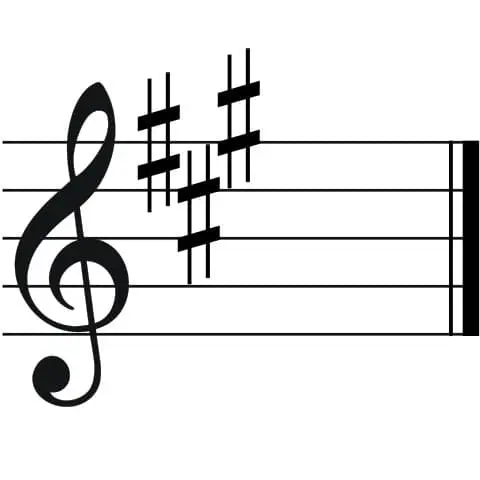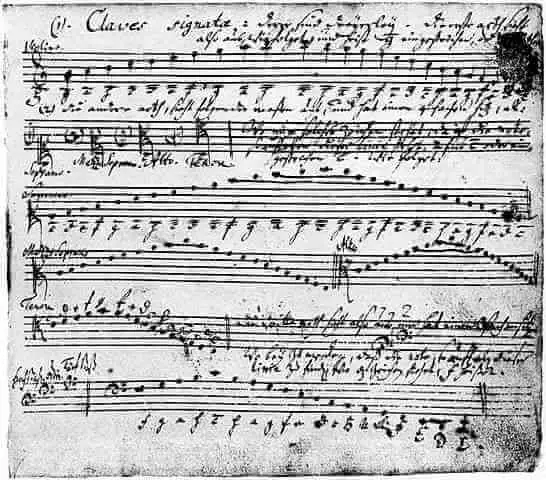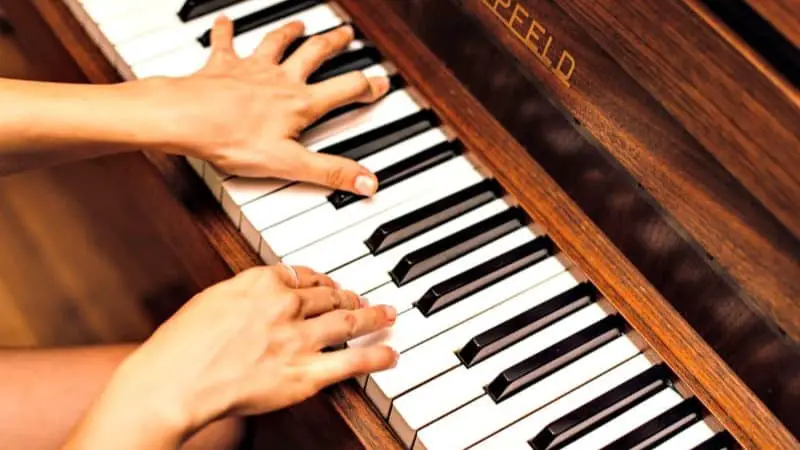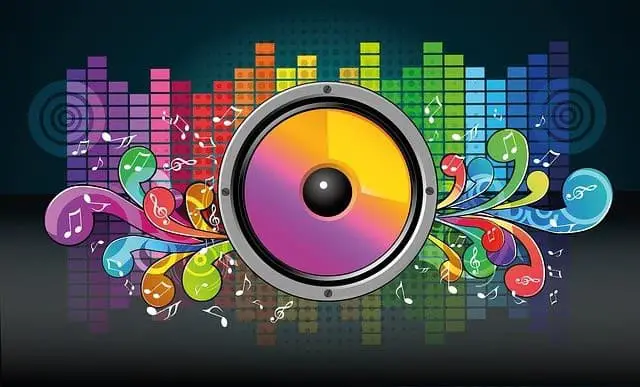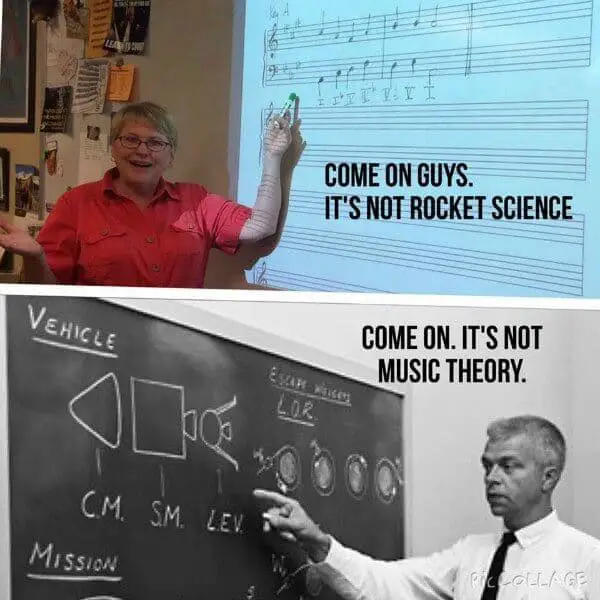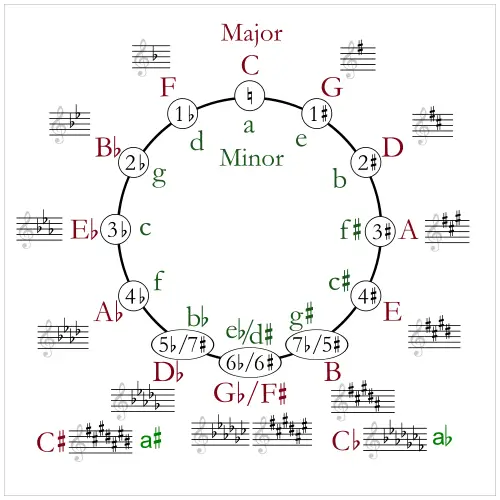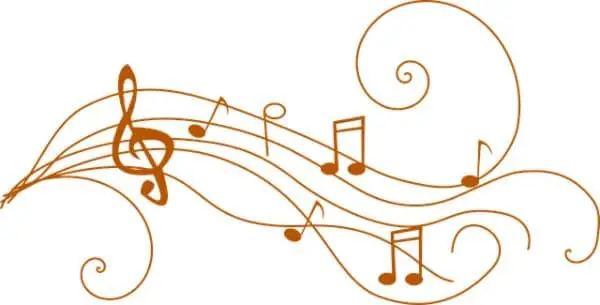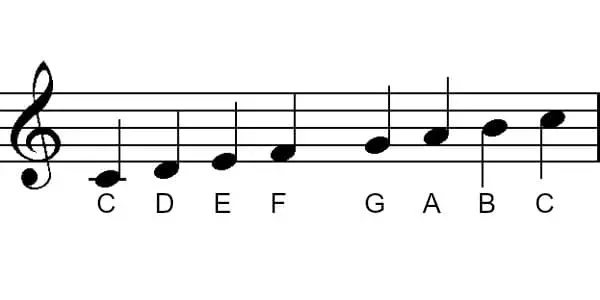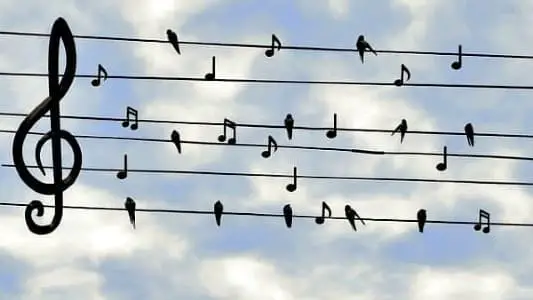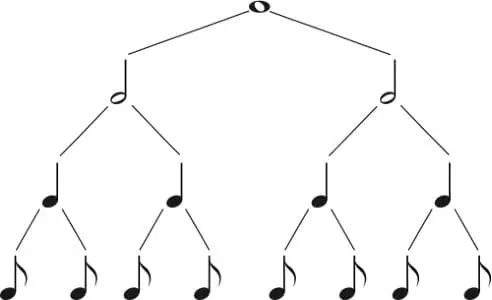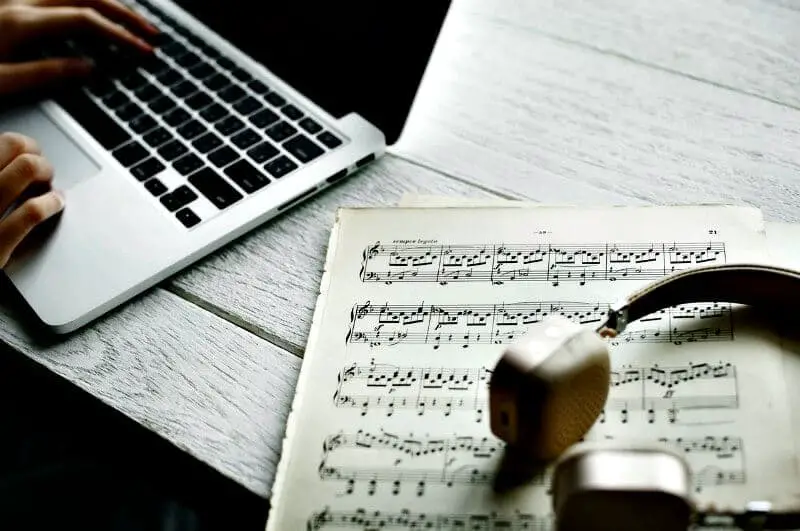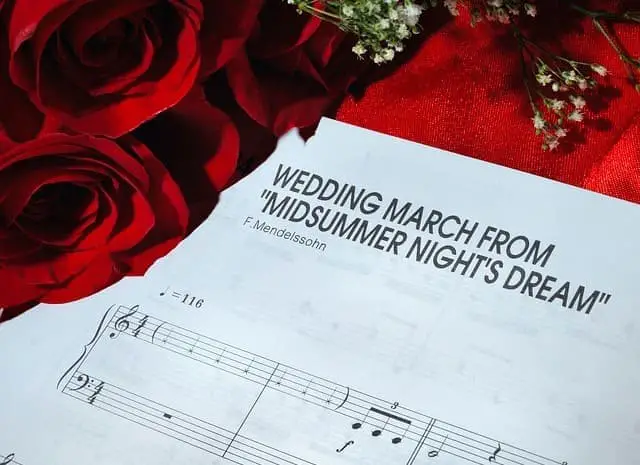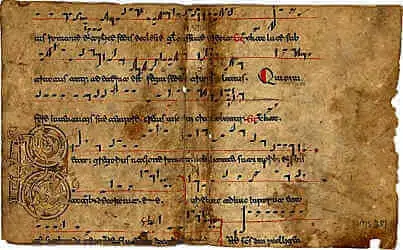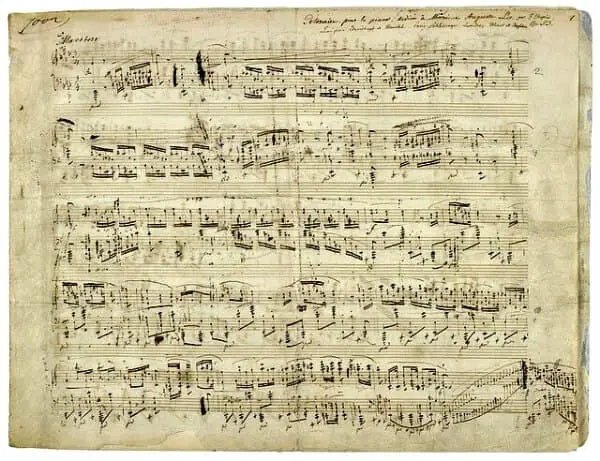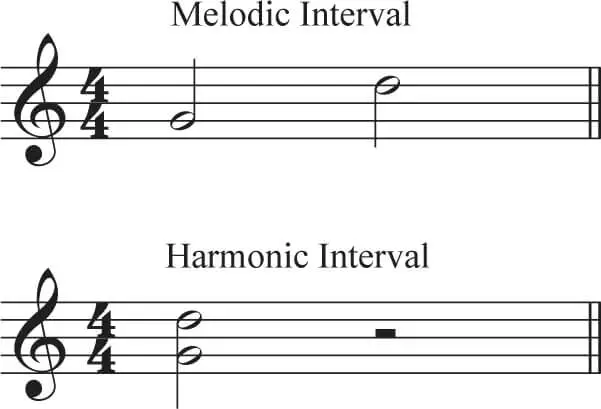- Home
- Basic Piano Theory
- Whole Tone
What is a Whole Tone in Music?
This article may contain compensated links. Please read the disclosure for more info.
The whole tone, or whole step, is together with the semitone, or half step, the two smallest intervals in the western music tradition.
But small is not insignificant! Whole tones and semitones are the main building blocks of musical scales, which in turn are the foundation for most musical compositions.
What is a Whole Tone in Music Theory?
A whole-tone (often shortened to tone), is the distance (interval) from one note to the next, exactly two semitones apart, higher or lower.
A tone can also be called a whole step and is an interval called a major second as well! So...
Whole tone = whole step = major second
A Whole Tone on a Piano
It’s easiest to see this on a piano keyboard:
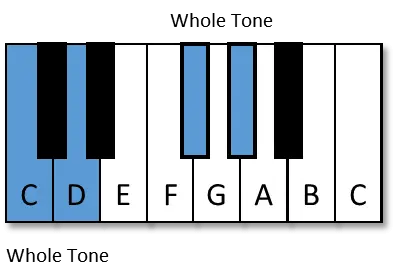
From every white key to the next, up or down, there is a tone if it has a black key in between.
From every black key to the next is also a tone if it has one white key in between.
So how about between the two white keys; E-F or B-C, that have no black key between? This interval is called a semitone.
With notes on a staff, every step from one note to the next up or down without using sharps or flats is a tone- except between E-F and B-C, as you saw on the keyboard above, these are semitones, or half steps:
 Semitones are marked out. Between all the other notes there are whole tones.
Semitones are marked out. Between all the other notes there are whole tones.Whole Tone Exercise
Practice your knowledge of tones and semitones! Here are random intervals. Some are a tone apart, and some are a semitone apart.
Hover over the picture to check your answers.

To change a semitone to a tone you need an accidental. A sharp sign (#) raises the note a semitone, and a flat sign (b) lowers the note a semitone.
How would you change these intervals in each measure to become tones?

- Since A#-B is a semitone, we need to either raise B to a B# (same note as C!), or lower A to an A natural (remove the #).
- F# to G# is already a tone. Ha!
- E-F is a semitone. You could either raise F to F# or lower E to Eb to get a tone.
The Wholetone Scale
The whole tone scale uses only tone intervals. It is called a hexatonic scale, since it uses 6 different pitches. It is easy to find on a keyboard. For example, starting from C you will use:
C-D-E-F#-G#-A# and back again to C.
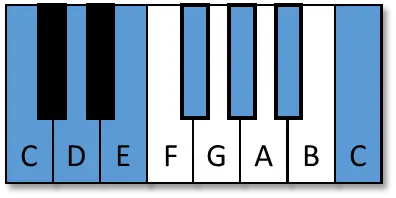 Wholetone scale starting from C
Wholetone scale starting from C